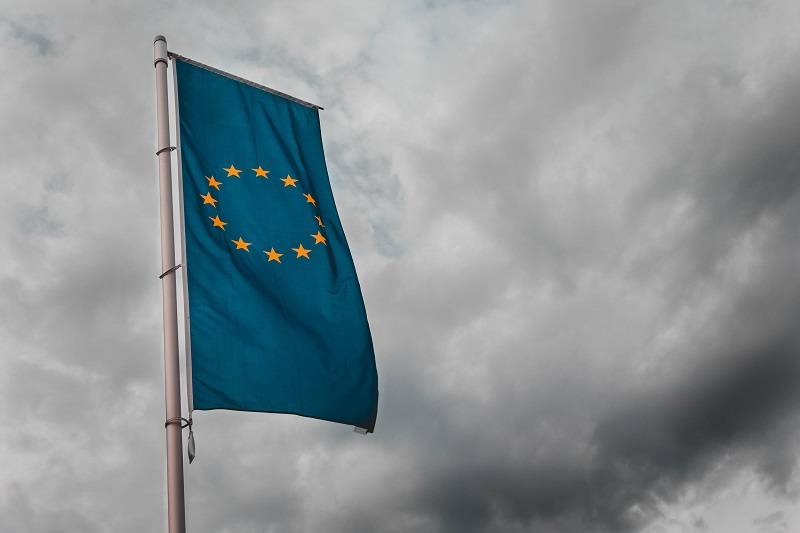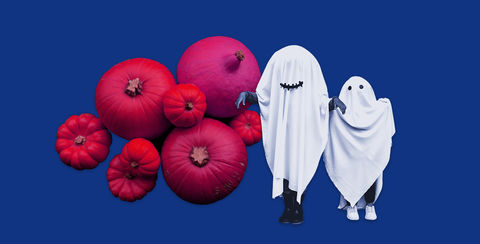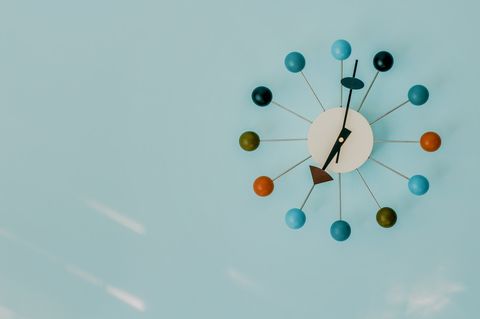The European Council, comprised of 47 member states, is celebrating its 2016 European Day of Languages (or EDL) on September 26.
The name may sound like it’s simply celebrating the languages of European member states, but the day aims to create a more profound awareness, one that will last much longer than 24 hours — and ideally impact for a lifetime.
The European Day of Languages is a call for us to learn a language beyond that which we already know.
As explained by the EDL directive, the day was established as a culture and polylingualism initiative to “encourage member states to learn more languages, at any age, in and out of school.”
That last bit is key: “… at any age, in and out of school.”
For those who have had the experience of learning a language in school, it might have been a turn-off. The books, the structure, the pace — feeling real satisfaction at making tangible progress was, perhaps, all too often rare.
At the time, it could have been difficult to see why studying another language should have been a priority. For others still, they may have a true desire to learn or finally have enough time to study a language, but for some reason may believe they’re too old.
These are exactly the sorts of obstacles that the EDL is aiming to dissolve.
The truth is, learning language is a map to navigating the richly textured, psychological and cultural landscape that is the human experience. We first encounter this in one direction with our mother tongue — the language that is arguably closest to us and our identities. The surrounding world presents us with objects, then sounds and letters.
We learn by feel, by instinct; and then as our collection of words grows, so does our understanding of how to use them. We begin to get a sense of their pliability and their potential. We start to become intimate with the diverse personalities of words which help us to mould our own personalities, too.
Once we’ve opened ourselves up to the wider experience of our first language, there’s no going back. We start to become aware that there exists a parallel universe of communication: the second (or dare we a third, or fourth?) language.
The difference the second (or third, or fourth) time around is that we can’t approach it the same way we did when we were small.
It feels virtually impossible to compress the depth and breadth of our expression back down into that same mode we had when we were children, because, well… we’re not children anymore. We’ve formed personalities, been influenced by culture, have our own unique perspectives. So what then?
Perhaps it’s not about starting from zero, but starting from neutral — taking words as they come, at their face-value, already weighted with the objective meaning we know them to have.
Bread, chair, soap, bus, tree. As we hang onto them, full in their new forms with expression waiting to be put to use, they start to bloom with layers of meaning that are particular to the culture and consciousness of the language.
Bread now can mean a certain kind of bread (as opposed to all others), or it can encompass how it’s bound to the very essence of culture — when bread is also the word “meal”.
Suddenly our sometimes frustrated attempts at being ourselves in another language start to take on a life of their own, filled with the ballast of our worldview, the energy of the language, its patina of history and culture, and fuelled by our desire to have more words, more texture, more flavour to what we say.
The repeatable process of discovery, continual sense of wonder, connection, and self-expansion is what is fundamental to the plurilingual, inclusive theme of the European Day of Languages.
There’s no age limit, no place restriction, no one proper way to go about it, except to simply want to be part of the larger life of language, the culture of the world, and the experience of being human.
_More information on the European Day of Languages, can be found on its official website.




